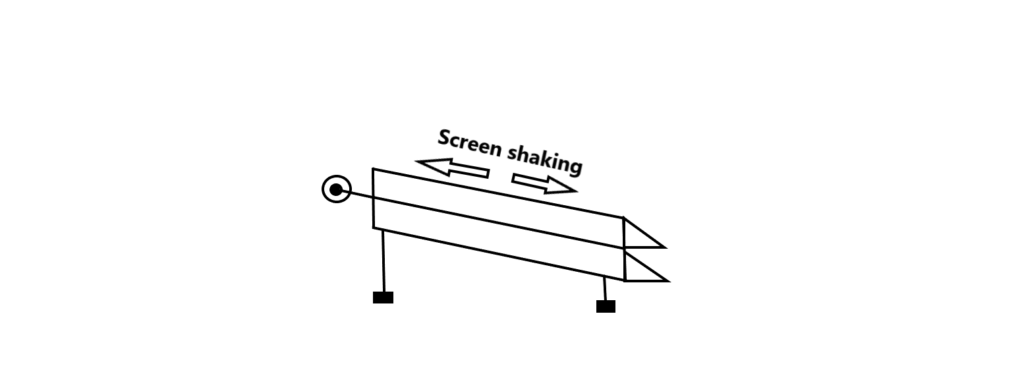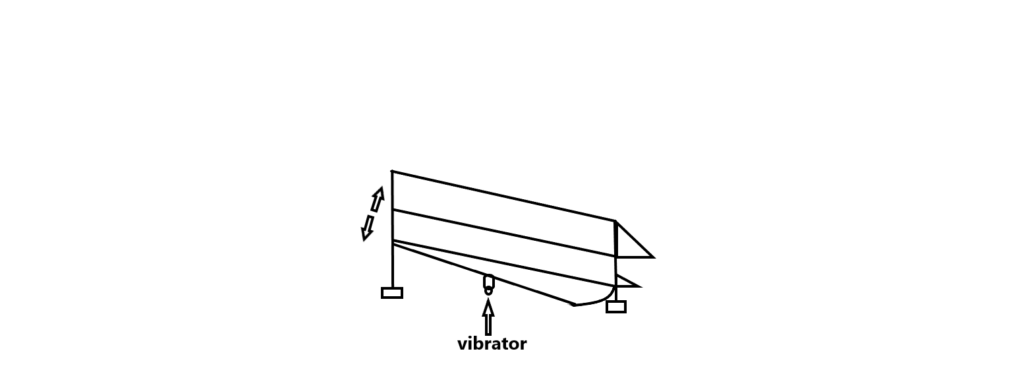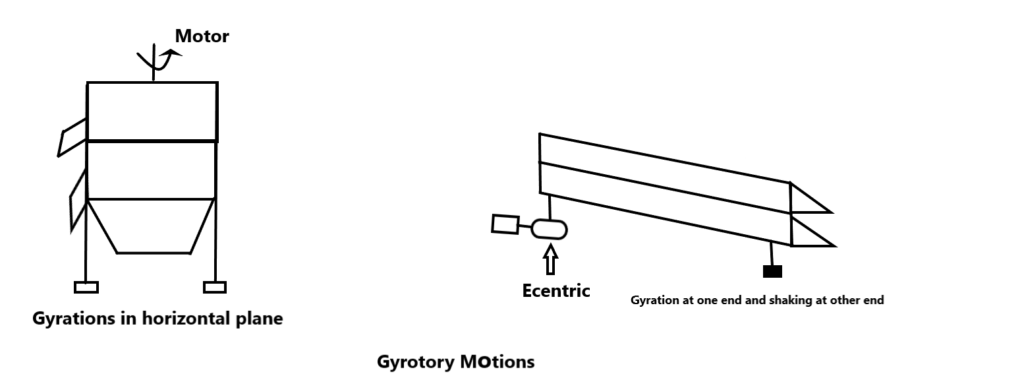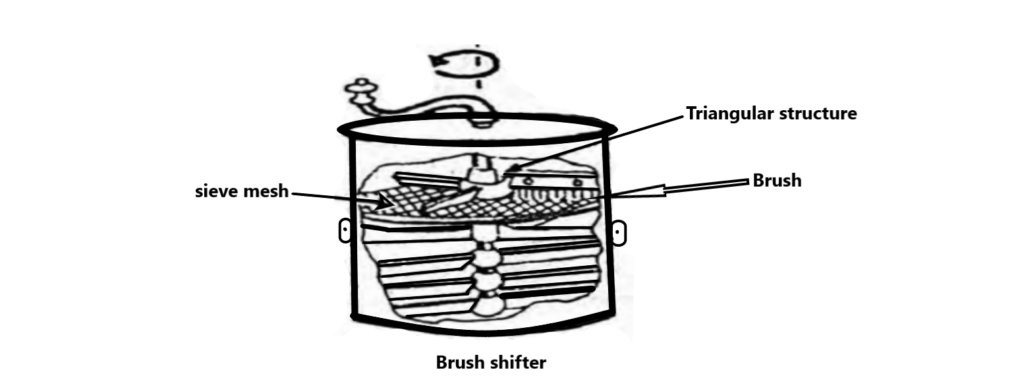Learn size separation definition, objectives, application, official standard of powder, mechanism: Agitation: oscillation vibration and gyration, Brushing and Centrifugal force.
What is size separation in pharmacy?
Size separation is a unit operation that separate a mixture of various sizes of particles into two or more portions.
It is also known as sieving or screening method. This technique is used to separate particles from a mixture on base of their size, shape and density.
Size reduction of a solid material never gives particles of same size but gives particles of varying sizes. For exact size of particles size reduction and size separation both are required.
Objectives
Here are some objectives of size separation:
- Particle size should be determined for production of tablets and capsules.
- Necessary for quality control of raw materials.
- During operation, screening, agitation and feed rate should be elaborated.
- To evaluate the efficiency of a size reduction equipment’s or process.
- To give more stability and solubility.
Applications
Here are some applications of size separation in pharmacy:
- For size distribution pf particles size separation is used.
- To control the quality of griseofulvin and aspirin.
- For production of capsules and tablets.
- For preparation of ophthalmic and ointments.
Official standards of powders
Normally powders are described as coarse powder and fine powder. According to pharmacopeia powders have their specific standards for production of pharmaceuticals.
The standard of powders is depending on the degree of coarseness and finesse of the powder which is expressed by nominal aperture size of sieve through which powders able to pass.
The relevant grades of powders and sieve number along with nominal aperture size are shown in the table below:
| Sl.no | Grades of powder | Sieve by which all particles can pass | Nominal mesh aperture size | Sieve by which 40% powders can pass | Nominal mesh aperture size |
| 1 | Coarse powder | 10 | 1.7 mm | 44 | 350µm |
| 2 | Moderately coarse powder | 22 | 710µ | 60 | 250µm |
| 3 | Moderately fine powder | 44 | 355µ | 85 | 180µm |
| 4 | Fine powder | 85 | 180µ | – | – |
| 5 | Very fine powder | 120 | 125µ | – | – |
What is coarse powder?
Coarse powder is defined as a powders or particles which can pass through a sieve with nominal mesh size of 1.7 mm not more than 40.0 % through a sieve with nominal mesh aperture of 355µm.
Size separation mechanism
Screening is use for size separation. Screening involved is passing of particles through a of uniform size of sieves.
In this, the particles drop through the openings (sieves) due to gravity. Coarse particles can drop easily through large openings, but it is difficult to screen the line powders. Mechanism of size separation depends on few modes:
- Agitation
- Brushing
- Centrifugal force
1) Agitation:
Sieves are agitated in a number of ways:
- Oscillation
- Vibration
- Gyration
a) What is Oscillation?

It is a simple method where the sieve mounted in a frame that oscillated back and forth.
But during operation materials may roll on the surface of the sieve.
b) What is Vibration in size separation?

In this method, the sieve is vibrated at high speed by help of an eccentric device.
Rapid vibration of particles helps the powder to pass through the sieve. In chemical industry electrical screen is used. For example, hummer screen.
c) What is Gyration in size separation?

In this method, sieve is mounted and connected to an eccentric flywheel.
This gives a rotary movement to the sieve, which gives spinning motion to the particles that helps to pass them through the sieve.
Advantages of Agitation
- Agitation method is simple and rapid.
- Low cost.
Disadvantage of Agitation
- If the powder is wet then it can lead to improper sieving of particles.
- Agitation methods have lower limit or the particle size.
- During agitation, particles colliding with each other may lead size reduction of particles.
2) Brushing:

In this method, a brush is used to move the particles from the surface of the sieve and to keep the meshes clear.
The brush is rotated in the middle of case of a circular sieve and help to separate powders from particles.
This method is used for size separation of sticky particle. Brush shifter is used for brushing.
3) Centrifugal force:
Powders are separates from particles by the help of centrifugal forces.
In this method a high-speed rotor is fixed inside a vertical cylindrical sieve which rotates the particles and thrown outwards by centrifugal force.
Advantages of centrifugal method
- During sieving particles may block the sieves then centrifugal methods is extremely useful for size separation.
- This method can produce extremely fine powders.

